Exploring the ashram
Tara and I decided to go explore the ashram that would be our home for the next year. First, we headed over to the Dhaba, which means restaurant, to have breakfast. The Dhaba is more than just a restaurant. It's where our meals are served and where we eat under a bamboo thatched roof. It's also where we can buy much needed items like laundry detergent, toiletries and chocolate. Oh yes, chocolate, the staff of life. Arriving at the Dhaba, we enjoyed our first breakfast of pancakes and other delicious Indian breakfast dishes.
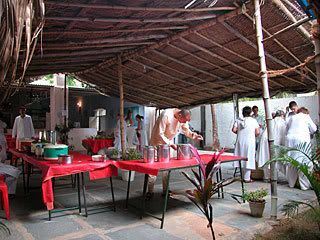
Also, outside the Dhaba, flowers can be puchased. Flowers are an important part of daily life in India. They are used by women to decorate their hair and are offered in temples. The fragrance of jasmine and rose is a wonderful way to start the day.

We discovered that the building next to the Dhaba was the first apartment building to be built at the ashram. Another four storey apartment building is under construction now. Nearly eighty percent of the University students are women. Sri Kaleshwar is intent on making masters with miracle healing power and, if the demographics are any indication, the world will soon be blessed with many women masters.
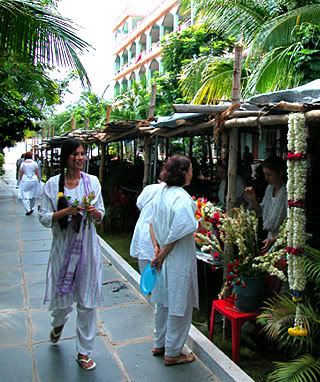
While eating breakfast, we met a few of the other students. Some were going to be at the University for the full year, like us, and some were arriving for the two week Guru Purnima program. Guru Purnima is one of India's most important festivals. It's the Day of the Guru, which is always celebrated on the full moon in July. It's the time of the year when many followers of Indian teachers come to India to be with their guru. We were glad to have arrived at the ashram in time to take part in this very special event. Many of Sri Kaleshwar's long-time students were arriving from around the world.

Most people arrive at the ashram via rented car. It takes about three hours from Bangalore and costs about $50. A new international airport is nearly completed that will be closer to the ashram and a new highway is under construction that will lessen traveling time from three to less than two hours.
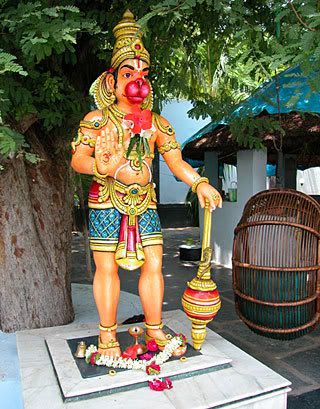
After breakfast, we headed off to see more of the ashram. Walking along the side of the gardens, we passed the thatched-roof open-air hut where Sri Kaleshwar first lived. Next to the hut is a beautiful statue of Hanuman and the swing which is Kaleshwar's favorite place to sit. The monkey god Hanuman was the faithful servant of Rama and represents perfect devotion and service. We learned later that Hanuman is Kaleshwar's favorite spiritual character and that Hanuman is very important to the town of Penukonda. There are nine Hanuman temples surrounding Penukonda, guarding it on all sides.
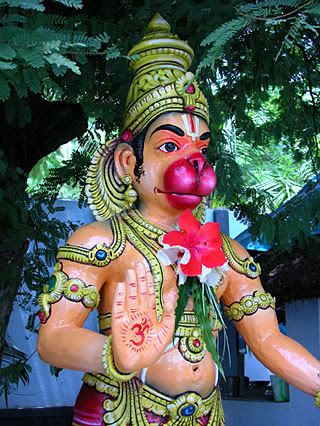
When King Krishnadevaraya built his fort and palace at Penukonda, he placed Hanuman on all sides because Hanuman is a powerful protector. Hunuman still holds a special place in Sri Kaleshwar's ashram and stands next to his favorite seat. Pausing for a moment to pay our respects to Hanuman, we then moved on past Sri Kaleshwar's dhuni (sacred fire), past the Shiva Cave, where in his youth Kaleshwar spent a lot of time meditating, and approached the Mandir (temple) which houses the Shirdi Sai Baba Temple on the ground floor and the Jesus Temple on the second floor.
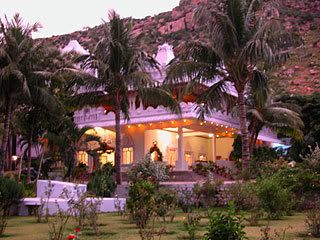
The Mandir is a beautiful building. You feel an intense sacred energy emanating from it. We had seen photos of the Mandir but this was our first time to experience it. We had heard stories about how when the first westerners came to the ashram, nearly ten years ago, other than the thatched hut, the only other building was the first floor of the Mandir. The whole area was a cobra-infested jungle. Everyone slept on the terrace of the Mandir and shared with Swami the only bathroom that existed. People who were there told us that at night, while they were sleeping, the Indian staff would walk around them banging the floor with sticks to scare away the cobras. The ashram today is a far cry from those primitive days and we haven't seen a cobra since we arrived. As we approached the door of the Mandir, we felt the divine energy that it houses vibrating deep within.

Entering the Mandir, we saw at the other end of the spacious room the larger than life marble statue of Sri Kaleshwar's master, Shirdi Sai Baba. Although Shirdi Baba left the body in 1918, he came to Kaleshwar in the physical when Kaleshwar was a young man and guided his spiritual development thereafter. Kaleshwar refers to the day that Shirdi Baba came to him as his enlightenment day. He attributes the ashram's amazing growth to Shirdi Baba, who was a great miracle master.
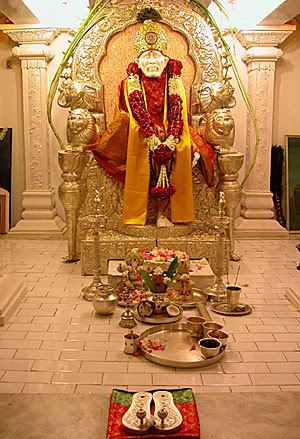
In India, as in other countries around the world, statues of Divine Souls are worshipped as living beings. They are bathed and dressed each day and revered as being alive. While this may seem strange to some westerners, in fact, even though these Divine Souls may have left their physical body, they are still alive. Having attained enlightenment, they realized the infinite eternal consciousness and continue to work to assist beings everywhere. At Shirdi Sai Baba's samadhi (tomb), many miracles are still reported due to the potent divine energies that emanate from it. The bones of a master are powerful objects that bless the world.
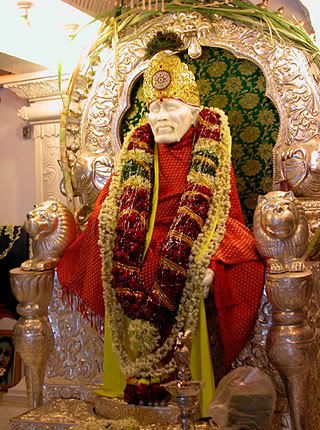
Shirdi Sai Baba was a great miracle master who expressed a universal spirituality like Sri Kaleshwar. He remained free of sectarian boundaries and lived a simple life. The many miracles surrounding his life were so great that to this day he is revered throughout India and the world. Before he took on the terminal illness of his closest student and intentionally left the body, Shirdi Sai Baba made Eleven Assurances. The third of those assurances is, "I shall be ever active and vigorous even after leaving this earthly body."

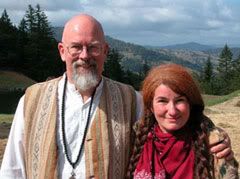

0 Comments:
Post a Comment
<< Home